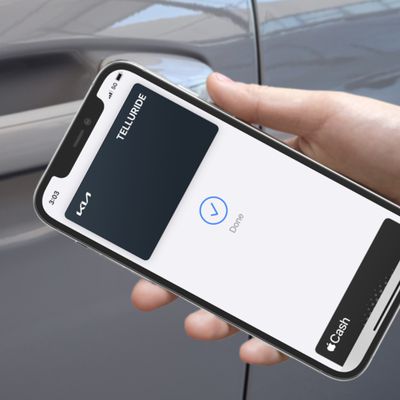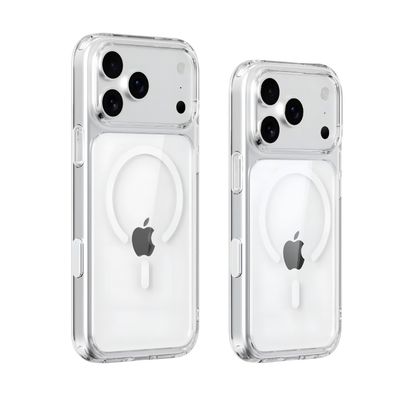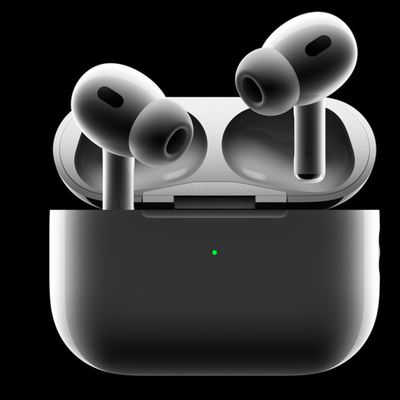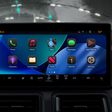Mophie today announced three new portable batteries and a new wireless charging stand, all compatible with Apple devices like the MacBook Pro, iPad, and iPhone, and available to purchase today.
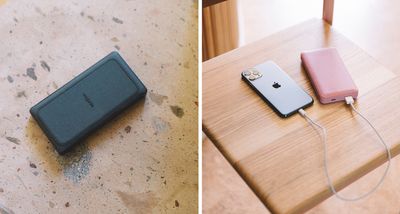
The portable batteries include the new Powerstation (10,000 mAh, $49.95) and Powerstation XXL (20,000 mAh, $59.95). The former device can charge two devices simultaneously through one USB-A port and one USB-C port, while the latter can charge three devices at once through two USB-A ports and one USB-C port.
Both accessories support USB-C fast charging at up to 18W output, letting users gain up to 50 percent battery on their iPhone in under 30 minutes. They also both have a premium fabric finish and textured perimeter to help prevent scuffs and scratches. As with most Mophie products, the integrated four-light LED shows current battery life.
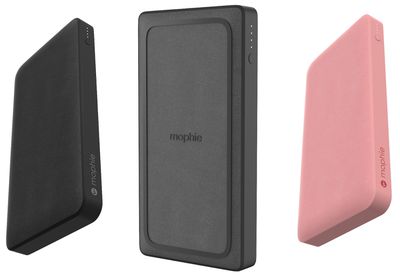
The third mobile battery is the Powerstation Wireless XL ($69.95), which includes a 10,000 mAh battery and built-in wireless charging with any Qi-supported smartphone. There's also a USB-A port and USB-C port for wired charging. This device also has a premium fabric finish and four-light LED power indicator on the side.
Lastly, the Powerstation Wireless Stand ($99.95) supports both wired and wireless charging of Qi compatible smartphones. This accessory has a battery capacity of 8,000 mAh and up to 10W of wireless power output, an 18W USB-C power delivery port, and one USB-A port. It includes an ultrasuede finish and can hold an iPhone at an angle, or be folded flat.
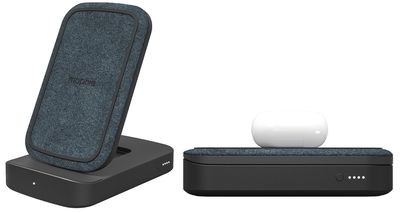
If you want to use it as a wired charger, you can simply keep the Powerstation Wireless Stand plugged in at your desk or bedside table. Once it's fueled up, you can unplug the device and use it wirelessly as a portable battery pack, and it supports simultaneous charging of up to three devices with its two extra ports.
Head to ZAGG's website to find more information on the new Mophie products.
Note: MacRumors is an affiliate partner with ZAGG. When you click a link and make a purchase, we may receive a small payment, which helps us keep the site running.




